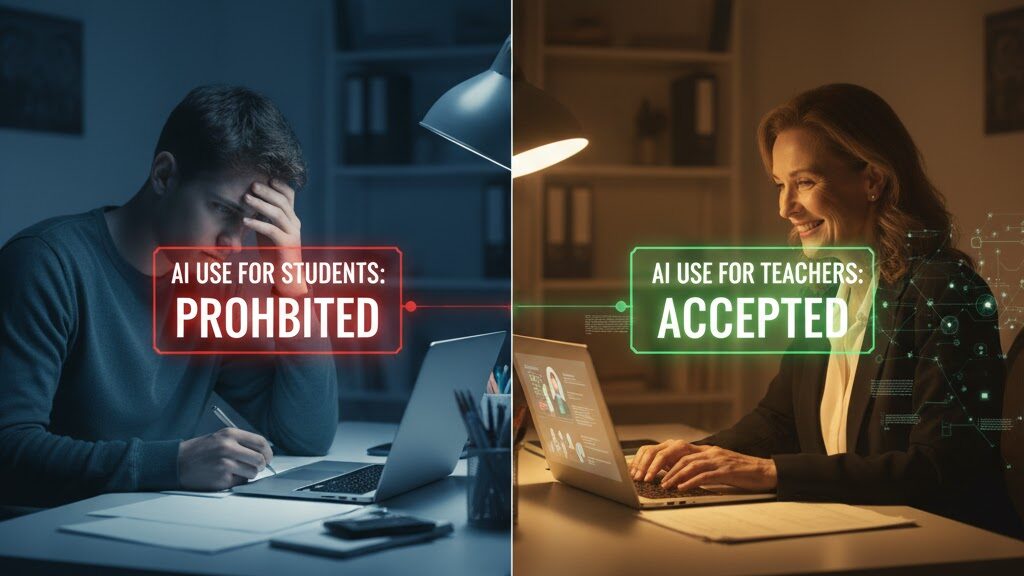
Source
Edutopia
Summary
History and journalism teacher David Cutler argues that while generative AI can meaningfully enhance teachers’ feedback and efficiency, students should not use it unsupervised. Teachers possess the critical judgment to evaluate AI outputs, but students risk bypassing essential cognitive processes and genuine understanding. Cutler likens premature AI use to handing a calculator to someone who hasn’t learned basic arithmetic. He instead promotes structured, transparent use—AI for non-assessed learning or teacher moderation—while continuing to teach critical thinking and writing through in-class work. His stance reflects both ethical caution and pragmatic optimism about AI’s potential to support, not supplant, human learning.
Key Points
- Teachers can use AI to improve feedback, fairness, and grading efficiency.
- Students lack the maturity and foundational skills for unsupervised AI use.
- In-class writing fosters integrity, ownership, and authentic reasoning.
- Transparent teacher use models responsible AI practice.
- Slow, deliberate adoption best protects student learning and trust.
Keywords
URL
https://www.edutopia.org/article/why-students-should-not-use-ai/
Summary generated by ChatGPT 5



